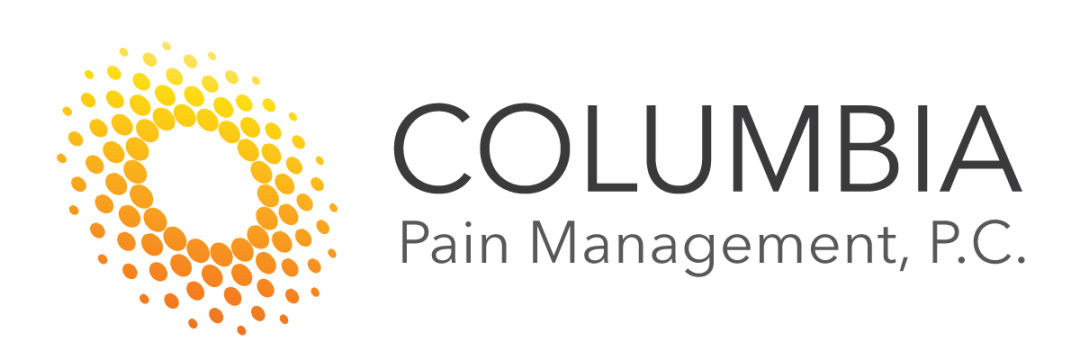New Treatments Vanquish Chronic Pain

The pandemic has made things worse for patients with painful conditions. First, researchers attributed the rising incidence of chronic pain to delayed access to care and restrictions on elective procedures. Now, pain specialists see the prevalence of pain-related disability as second and third-order effects of the pandemic—social isolation, immobility, and disparities in access to treatment.
“We saw patients delay care due to lockdowns and other restrictions,” said Dr. David Russo, a physiatrist and pain specialist with Columbia Pain Management, PC, “We’re also seeing more patients referred after prolonged illnesses or recovery from other health conditions.”
For example, painful vertebral compression fractures (VCF) due to osteoporosis are a known risk factor for increased disability and mortality in the elderly. Early identification and treatment of these fractures using spinal fracture stabilization techniques such as kyphoplasty can eliminate pain and facilitate mobilization and rehabilitation treatments.

Kyphoplasty involves precise localization under x-ray guidance and bone stabilizing cement or glue injection. The outpatient procedure can be performed in a doctor’s office under fluoroscopy guidance and local anesthesia.“Fixing these fractures makes a huge difference in a patient’s quality of life,” said Dr. Vishal Khemlani, an anesthesiologist and pain specialist.
Spinal arthritis and spinal stenosis-related pain are also on the rise. Narrowing of the spinal canal or nerve openings in the spine can cause painful cramping and radiating pain into the limbs—a symptom known as neurogenic claudication.“Pain in the legs with standing or walking that’s relieved with sitting or leaning forward is the hallmark for neurogenic claudication,” according to Khemlani.
New advances in minimally invasive spine treatments can reduce the severity of neurogenic claudication by either carefully decompressing or removing built-up tissue or mechanically widening the dimension of the spinal canals. Both procedures involve tiny incisions or percutaneous portals and require little downtime for patients to recover.
“After a percutaneous, minimally invasive lumbar decompression, patients notice an almost immediate improvement in standing and walking tolerance and can resume normal activities of daily living very quickly,” noted Khemlani.
Technological advances in neuromodulation or applying electrical signals to nerve tissue to reduce pain are also coming to fruition. “Devices continue to get smaller and smaller, and doctors have never had more options in waveforms, programming, charge delivery, and anatomical targets,” says Russo. “New indications such as diabetic painful polyneuropathy are gaining traction among payers and improving access to the therapy.”
Finally, regenerative medicine is maturing into a viable surgery-sparing treatment option for many patients with orthopedic or musculoskeletal conditions. These procedures involve taking growth-promoting tissue factors from platelets and bone marrow and injecting or grafting them into damaged or degenerated tissues such as cartilage, tendons, joints, and ligaments.

“We’re finally seeing more insurance coverage for regenerative medicine therapies, which is long overdue considering the scientific evidence supporting their use for some orthopedic conditions," says Russo. “When you consider all the economic costs of treating a condition like knee or shoulder arthritis, weigh the trade-offs between surgical and non-surgical recovery and downtime, and factor in other costs, a trial of a regenerative therapy before orthopedic surgery is a no-brainer.”
The pandemic has accelerated existing trends in every sector, and pain and spine care is no exception. As the field evolves away from symptom palliation and toward more durable treatments for pain, one day, historians might see the pandemic as a tipping point for the innovation that followed. “Necessity is the mother of invention,” quipped Russo. “And if we’ve ever needed better treatments for pain, it’s never been more urgent than now.”

Dr. David Russo and Dr. Vishal Khemlani are board-certified pain specialists with Columbia Pain Management, PC. Columbia Pain Management, PC offers comprehensive and interventional pain and spine treatments with offices located in Tualatin, Milwaukie, Hood River, and The Dalles, Oregon.
